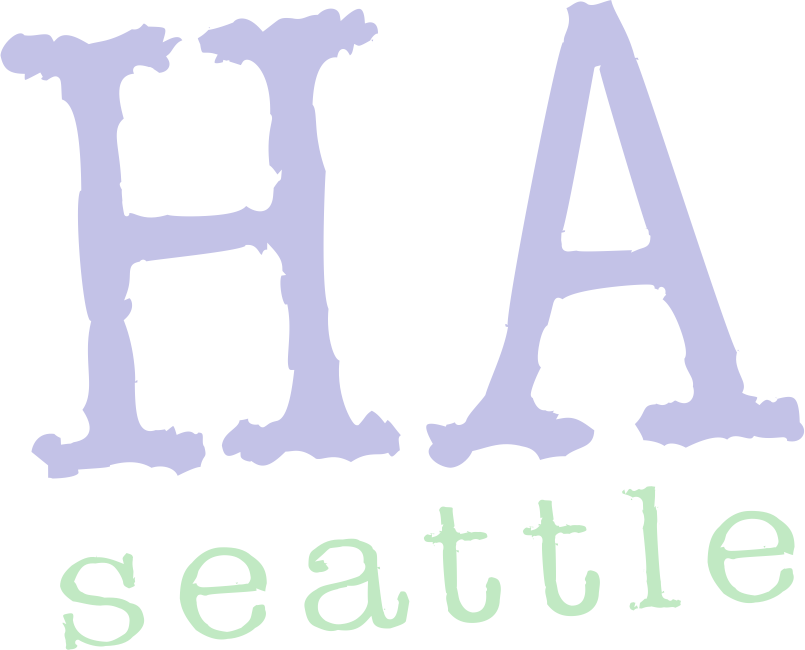Today the US Supreme Court will hear arguments concerning the Seattle Public Schools assignment policies, specifically the “integration tiebreaker” the district suspended in 2001.
In 1999 the district switched to an “Open Choice” plan in which incoming freshman could name their preferred high schools. Not surprisingly, some schools were preferred over others, with Ballard, Nathan Hale, Roosevelt, Garfield and Franklin getting more applicants than they could accommodate. In order to achieve a racial balance that more close matched the city as a whole, the district used race as one of the tiebreakers in assigning students.
Also unsurprising, many of the district’s high schools have become significantly less diverse since the integration tiebreaker was suspended. Franklin has dropped from 21 percent white to only 10 percent, and both Cleveland and Rainier Beach are now over 93 percent non-white.
I know these figures will elicit a big “so what?” from those on the right who consistently argue against any color of affirmative action or diversity policy, but I think it speaks to a much larger issue, an issue that I believe is at the heart of many of the district’s structural problems: the undeniable disparity between the district’s various schools, an inequity that clearly tracks economic, geographic, and yes, racial boundaries.
A handful of Northend schools are oversubscribed, while Southend schools like Cleveland and Rainier Beach suffer steadily declining enrollment. Why? Because these Northend schools are better. Everybody knows it, and even if it isn’t true in all areas, the very perception is more than enough to make it self-fulfilling. These schools attract better teachers, better students, and many of the most active and engaged families. They provide a safer, more stable learning environment, and their students produce significantly higher test scores. Of course the parents filing the lawsuit that challenged the integration tiebreaker were pissed off when their kids didn’t get their top choice. Who wouldn’t be? It just isn’t fair that your kids get a crappier education and fewer opportunities due to luck of the draw let alone the color of their skin.
But none of this would be an issue if all our high schools were equally good. Or at least, good enough. But they’re not. So it is.
When John Stanford was superintendent he made it clear that he was willing to sacrifice integration to some extent, in the interest of promoting neighborhood schools. The trick was to take away from parents the incentive to bus their children cross-town in search of a better education, by bringing some degree of equity to all of the district’s schools. If Rainier Beach for example, was pretty much as good and as safe as any other high school in the district, why on earth would I want to bus my daughter all the way from South Seattle to Ballard?
As it stands, the district now spends millions of dollars a year busing students from one part of the district to another, money that could be invested in the classroom rather than transportation. But we can’t in good conscience move to a neighborhood school model at the elementary, middle or high school level until we guarantee a greater degree of equity between all our schools.
Yes, there are many, many complicated factors that make one school better than another, but some of them are quite tangible, and thus can be tangibly addressed. For example, at some high schools there simply aren’t enough text books to go around, so students share. At other high schools each student has two copies of each textbook, one for school and one for home, so they don’t have to lug them back and forth.
How is this disparity even possible, let alone tolerated?
Coming up, our education funding system’s dirty little secret.
